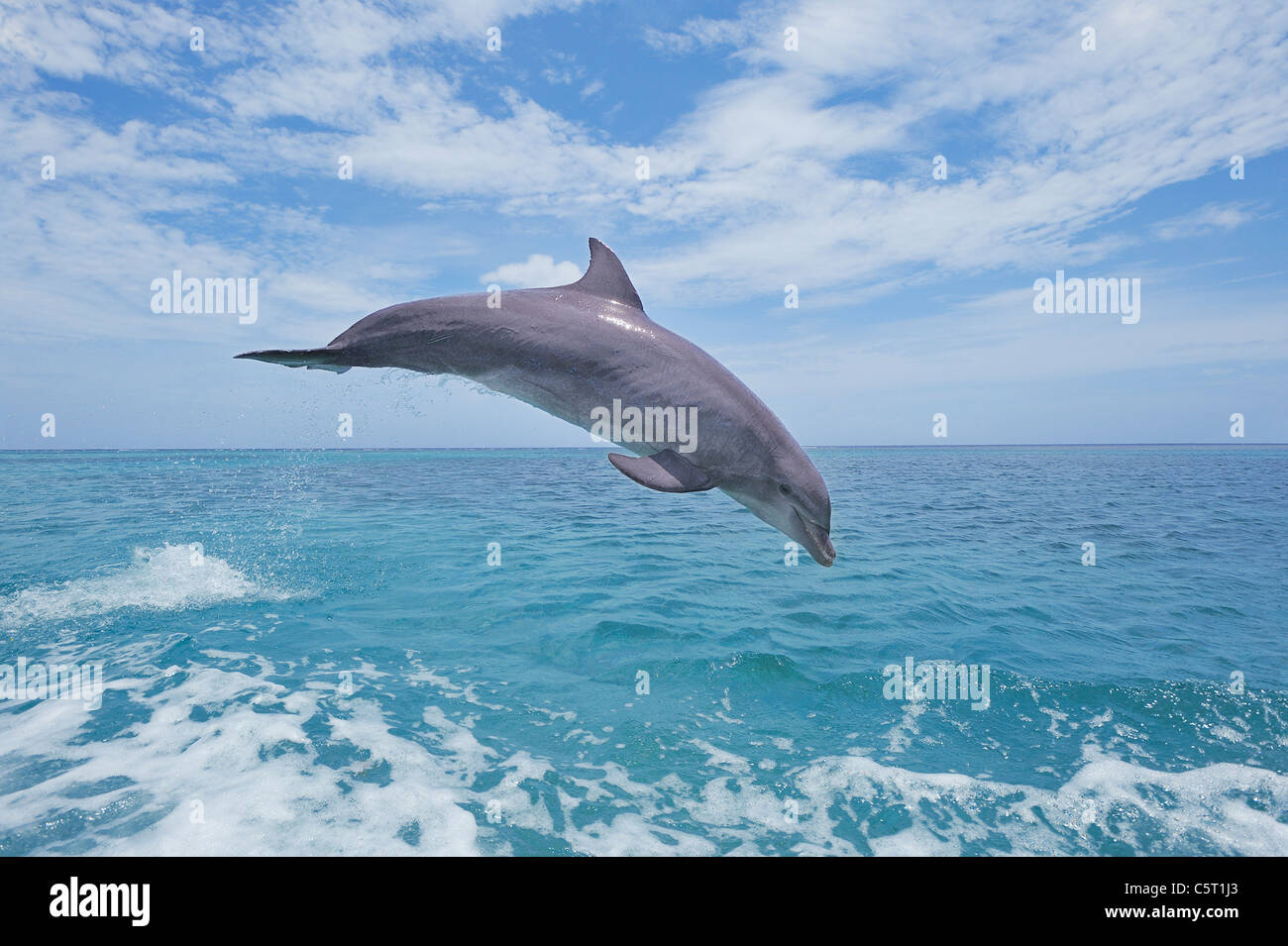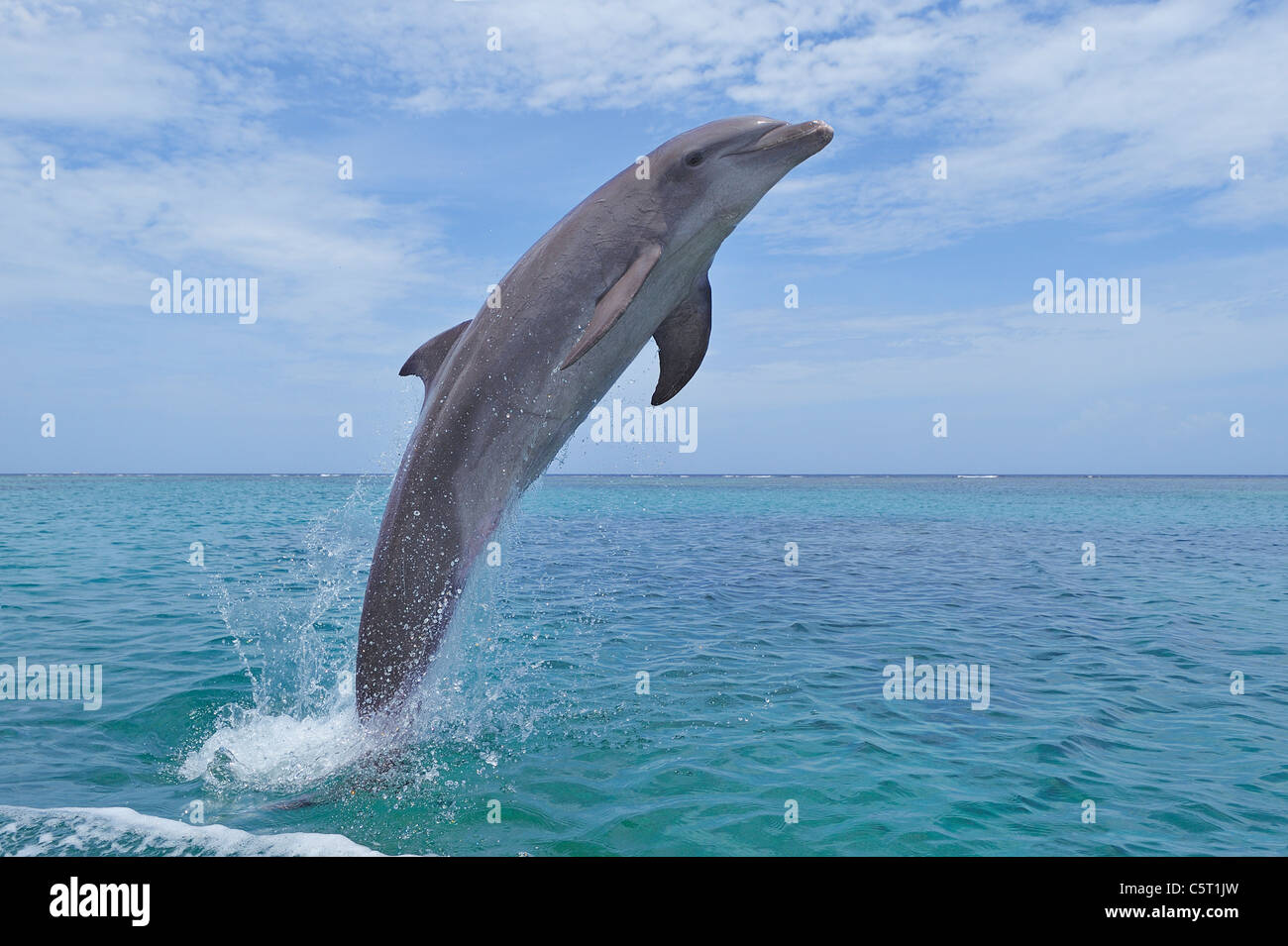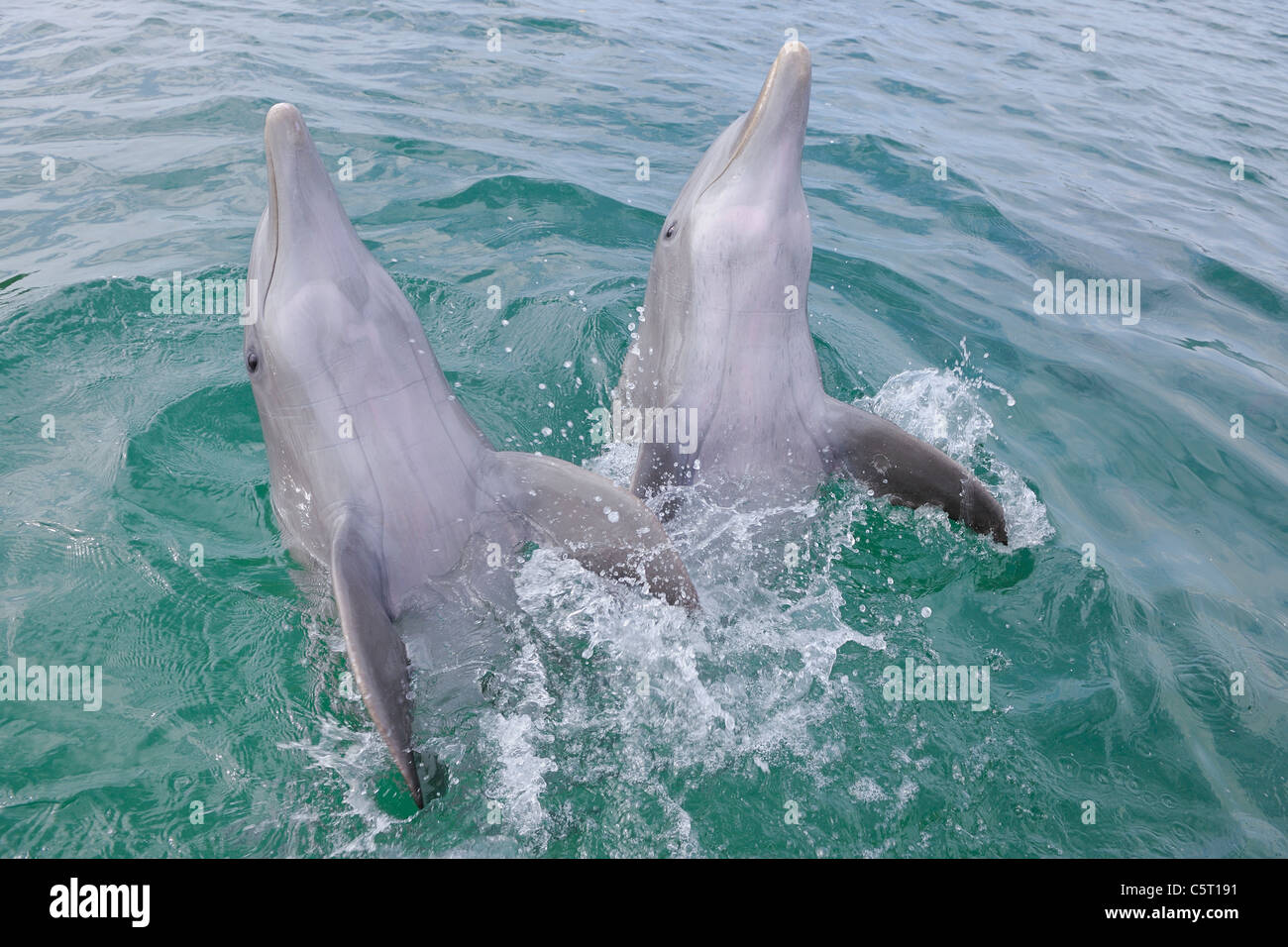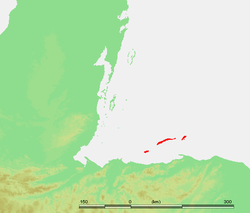Bay Islands Department
The Islas de la Bahía, and the Bay Islands are a chain of islands in the Caribbean Sea off the north coast of Honduras. The Islas de la Bahía, together with the much smaller Islas del Cisne in the north and the Cayos Cochinos in the south of the same name, by area and population, the smallest of 18 departments in Honduras. The department consists of the four Municipalidades (municipalities) Guanaja, Útila, Roatan and Santos Guardiola. The capital of the department is Coxen Hole.
Geography
The island chain consists of the main islands of Roatan ( with Barbarreta ), Guanaja and Útila as well as a number of small coral islands ( Cays ). The islands are a undersea mountain range that continues to pull itself up to the mainland; they are partly volcanic, but mostly coral linen origin. The Department of Bay Islands has around 35,000 inhabitants, the area is 260.6 km ². Between the Islas de la Bahía and the Honduran mainland is another, small archipelago, the Cayos Cochinos, or Hog Islands ( " pig islets ").
Economy and Tourism
The Islas de la Bahia were in the last century Honduras ' " Gateway to the World " and an important trading center for coffee and tropical fruits. The great influence of the U.S. banana importer Chiquita and Standard Fruit on policy and on the governance of the country has the reputation of Honduras introduced " banana republic ".
The Islas de la Bahia located in the second largest barrier reef in the world, the Belize Barrier Reef, and are considered cost-effective diving destination; in particular the island of Utila attracts backpackers. The larger Roatan is mainly visited by North American family vacationers and scuba divers. The tourism infrastructure of Guanaja is geared towards tourism with high expectations.
Christopher Columbus, who Guanaja entered on his fourth voyage in 1502 as the first Europeans called them because of the large number of Caribbean pine (Pinus caribaea ) "Isle of Pines". Columbus met there the cocoa beans and the first Europeans.
Fauna
The Islas de la Bahía have a rich spectrum of species, especially living here many reptile species. The Frankfurt herpetologist Gunther Köhler described in the 1990s, two new species of Anolis (small lizards ), and found the long forgotten Utila Iguana Ctenosaura bakeri again in 1994. Since 1998, the Frankfurt Zoological Society and the Senckenberg Nature Research Society operate a protection and research station on the island of Utila to get this mangrovenbewohnende reptile species in their natural environment.
Population
The island chain is inhabited by a mixture Caribbean peoples. The roots of the population of Útila go back to English settlers of the Cayman Islands, while Roatan has a predominantly black slave descendant population. Colloquial language here, contrary to the Spanish mainland, a Creole language mixing. The native population was probably from the Paya that have been eradicated in the Bay Islands by the Spanish conquerors. Some findings of the U.S. Smithsonian expedition of William Duncan Strong (1899-1962) from 1933 provide an indication of the native population. A native of Austria instructor and artist Gunther Kodovsky has collected some pottery, which he shows, together with works of art from driftwood in his " Driftwood Art Gallery " on the island of Utila interested visitors.
On the island of Roatan, the U.S. anthropologist David K. Evans, the Overseas Research Centre runs for Wake Forest University.
History
The islands were discovered in 1502 by Christopher Columbus on his fourth voyage. The Spaniards kidnapped over the years all Native Americans as slaves. England, Spain and the United Provinces of the Netherlands claimed after the rule until Britain could accomplish in 1643. 1780 Spain conquered the islands again for a month.
Throughout its history, the island, especially Guanaja were used by British, French and Dutch pirates as a base of operations. It still remembers the name of the capital Coxen Hole and the simplified English language of the locals who largely dispenses with tenses except the present and to go back to the pirate Long. In addition to the pirate Henry Morgan and Coxen should also Morris have to mischief here, among others.
The islands were a British Crown Colony and belonged to Jamaica. In 1860, the British withdrew and recognized the Honduran sovereignty, which was officially established on March 14, 1872.
In 1998, the islands were struck by Hurricane Mitch.









